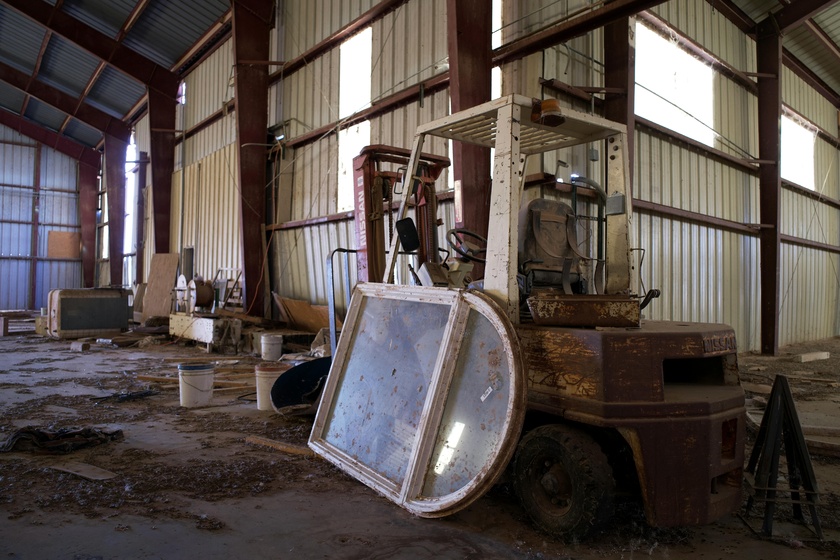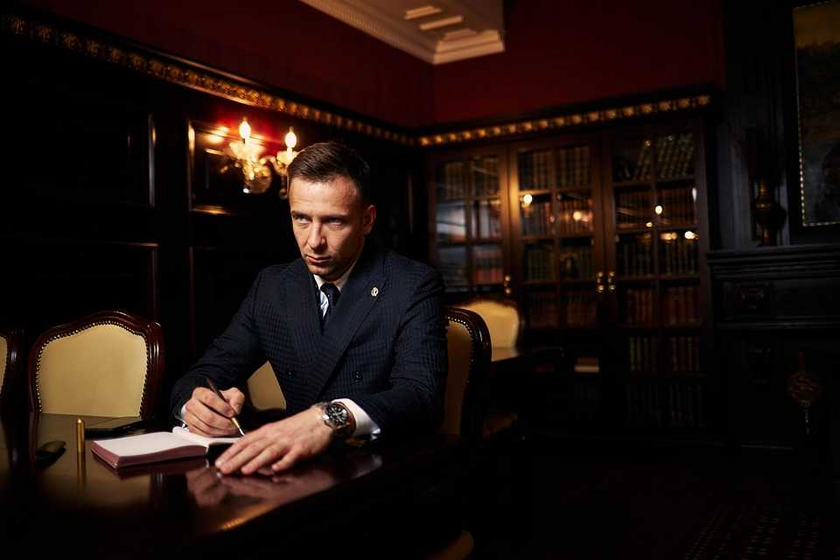Video has quickly become one of the most powerful content medium in a business’s marketing toolkit. Whether you’re launching a new product, hosting a live event, or creating brand content, video helps you connect with your audience in ways no other medium can. But there’s a catch: to make great video, you need a great videographer.
And here’s where many new clients go wrong.
Hiring a videographer sounds simple—ask around, check a portfolio, sign a contract, right? Not quite. There are several critical decisions and assumptions that can turn what should be an amazing project into a frustrating (and expensive) disappointment.
In this guide, we’ll cover the top 5 mistakes clients make when hiring a videographer—and how you can avoid them to ensure a smooth, successful, and impactful production.
Mistake #1: Not Defining the Project Goals Clearly
The Problem:
A surprising number of clients approach videographers with vague objectives like “We need a cool video” or “Just make something that looks good.” While the creative freedom might sound appealing, it often leads to misaligned expectations and disappointing outcomes.
Why It Matters:
Videographers are visual storytellers, not mind readers. Without clear direction, they’re left guessing what “cool” means to you. The result? A beautifully shot video that completely misses your brand tone, message, or marketing goals.
How to Avoid It:
Before reaching out to a videographer, define the purpose of the video:
What action do you want viewers to take?
Who is your target audience?
Where will the video be used—social media, YouTube, email, a landing page?
What is the main message you want to convey?
Bonus tip: Share examples of other videos you admire. This gives your videographer a clear sense of style and tone.
Mistake #2: Choosing Based on Price Alone
The Problem:
Many first-time clients prioritize cost over quality, treating videography like a commodity. They collect quotes and go with the cheapest option, thinking it will save money.
Why It Matters:
You get what you pay for. A lower quote often means compromises in equipment, editing quality, or storytelling expertise. Worse, it could mean you’re hiring someone without the experience to manage a professional shoot, meet deadlines, or deal with unexpected challenges on set.
How to Avoid It:
Think of video as an investment, not an expense. The value of a strong video far outweighs the upfront cost when it performs well—generating leads, boosting brand perception, and increasing sales.
When comparing videographers:
Review their portfolio—does their style match your vision?
Ask about their process—how do they handle planning, shooting, and revisions?
Read testimonials or ask for references.
Don’t fall for budget pricing that leads to budget results.
Mistake #3: Ignoring Pre-Production Planning
The Problem:
Some clients think the shoot day is the main event and underestimate the importance of pre-production. They delay decisions or assume the videographer will “figure it out on the fly.”
Why It Matters:
Pre-production is where the project’s foundation is built. It includes concept development, scripting, location scouting, scheduling, shot lists, and logistics planning. Skipping or rushing this phase leads to miscommunication, lost time on set, and missed opportunities during filming.
How to Avoid It:
Work closely with your videographer during the planning phase. Be available to:
Approve scripts and storyboards
Confirm shoot locations and timing
Clarify brand guidelines and messaging
Decide on actors, props, or on-screen talent (if needed)
A well-prepped production day is efficient, stress-free, and more likely to capture everything needed to make a great video.
Mistake #4: Failing to Consider Usage Rights and Deliverables
The Problem:
Clients often assume they’ll receive every shot from the day or be able to use the video however they want, without discussing rights or deliverables beforehand.
Why It Matters:
Usage rights determine how and where the video can be distributed. And not all raw footage is automatically included in a project. Misunderstandings here can cause delays, added costs, or even legal issues if you use footage in unapproved ways.
How to Avoid It:
Before signing a contract, clarify:
What’s included: Is it a 1-minute promo? A 5-minute interview? Are shorter cutdowns part of the deal?
Usage rights: Can you use the video on paid ads, TV, or third-party platforms?
Raw footage policy: Will you receive unedited clips, or just the final cut?
Get all of this in writing to avoid surprises later.
Mistake #5: Not Trusting the Creative Process
The Problem:
After hiring a videographer, some clients micromanage the process—controlling every frame, pushing back on stylistic choices, or constantly changing direction.
Why It Matters:
Creativity thrives on collaboration and trust. When clients overstep, it stifles innovation and often leads to a generic video that pleases everyone but excites no one. Plus, constant changes drive up timelines and budgets.
How to Avoid It:
Choose a videographer whose work you already admire—then let them do what they do best.
Provide clear input upfront, then give space during production and editing.
Use the feedback process constructively. Focus on the message, not micro-details like font size or transition length unless they truly affect the outcome.
Remember, you’re hiring a professional for their skill and vision. Collaborate, don’t control.
Bonus Tips for a Successful Client-Videographer Partnership
Here are a few extra tips to make sure your experience is smooth and your video hits the mark:
Communicate early and often: Set regular check-ins and deadlines for feedback.
Plan for revisions: Most packages include 1-2 rounds. Be organized with feedback to avoid exceeding them.
Be realistic with timelines: Great videos take time. Don’t expect a 48-hour turnaround on a multi-day shoot.
Respect the process: Great lighting, framing, and editing are technical arts. Give your videographer the time and space to work their magic.
Final Thoughts: Hiring a Videographer Is a Creative Partnership
A video is more than moving pictures—it’s your brand in motion. It’s your voice, your story, your product or service in its most engaging form. Hiring the right videographer can elevate your message, build trust with your audience, and ultimately move the needle for your business.
But to get there, you need to approach the relationship with preparation, respect, and strategy.
Avoiding these five common mistakes is a great place to start:
Define your goals.
Invest in quality over cost.
Prioritize pre-production.
Clarify deliverables and rights.
Trust the creative process.
When you do, you’ll not only get a beautiful video—you’ll get one that actually works.


















